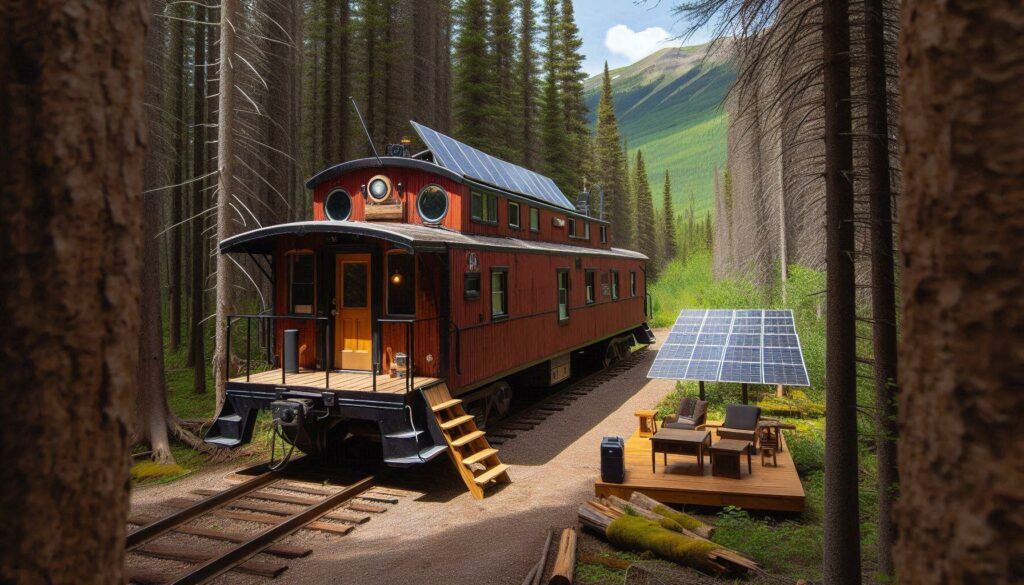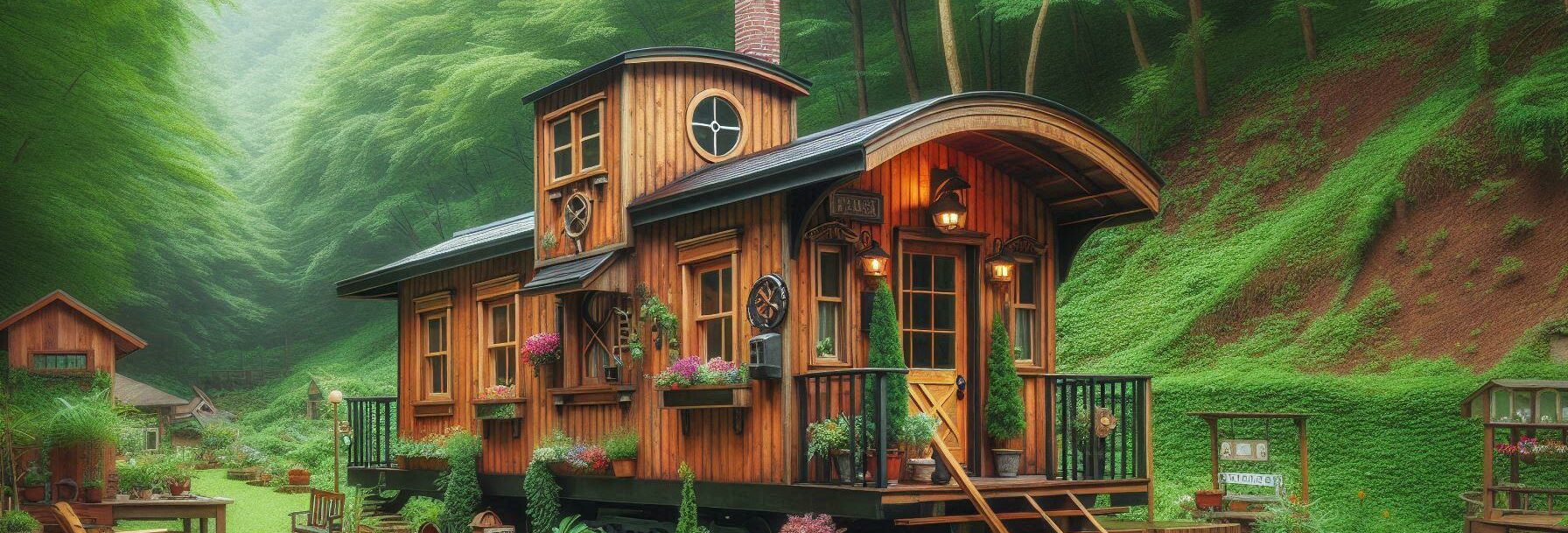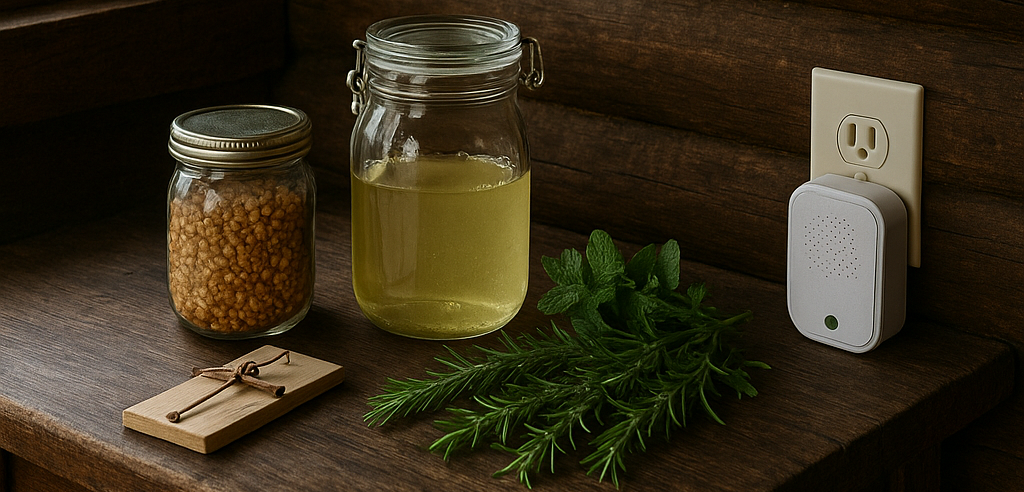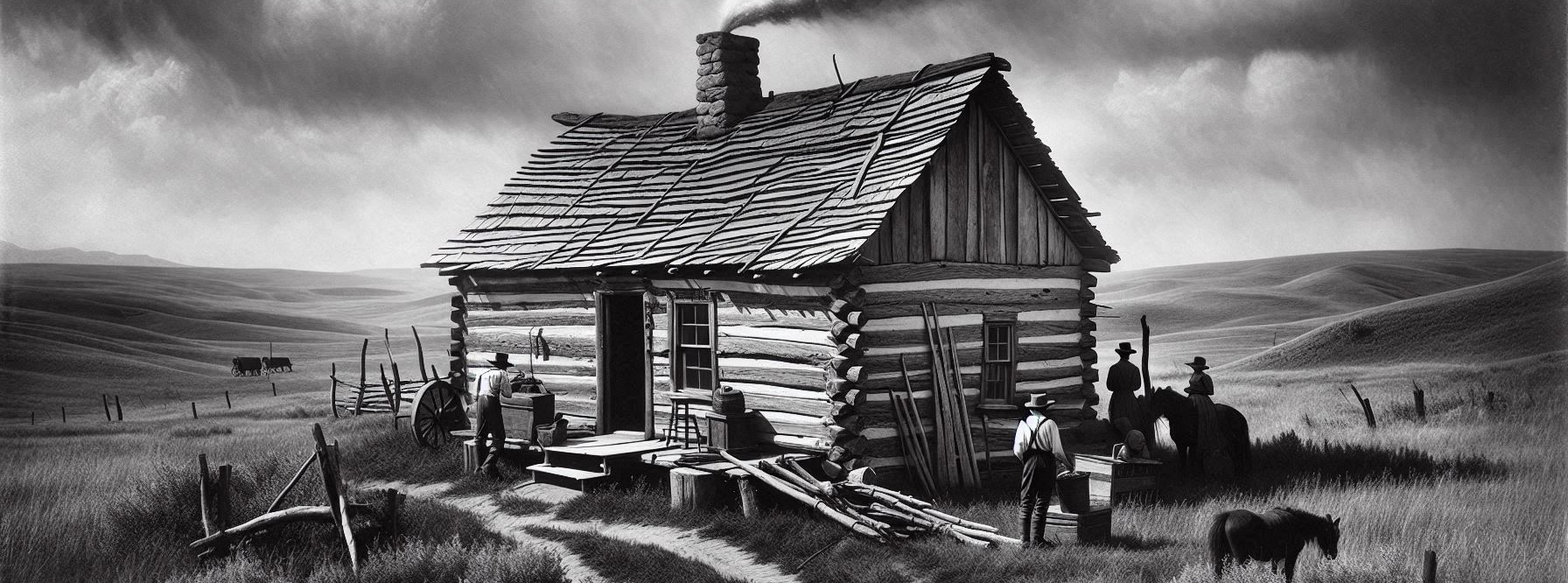Cabooses aren’t just charming relics of the past – they played a crucial role in the heyday of rail transport. Once serving as mobile offices and homes for train conductors and crew, these unique railway cars are a testament to a bygone era when trains ruled the transit world. They were the unsung heroes at the end of freight trains, providing a space where crew could work and rest after long hauls.
Nowadays, cabooses are experiencing a fascinating transformation. With the decline in their operational use on railways, their sturdy structure and quirky charm have caught the eye of creative minds looking to convert them into cabins. This shift from industrial workhorses to cozy living spaces is not just about repurposing – it’s about reimagining history with a personal twist. Cabooses offer a fantastic opportunity for customization and self-expression.
So why are people jumping on the caboose-to-cabin train, so to speak? For some, it’s the allure of living in something that’s both quirky and historical, a story to tell and a home all wrapped into one. For others, it’s the practical side – sturdy construction, compact size, and the potential for mobility if desired. It’s a unique living alternative for those craving something outside the box and off the beaten path.
As with any ambitious project, there are hurdles. Space constraints and the need to blend modern comforts with historical significance make the renovation journey an adventure in creativity. Balancing the original character of the caboose with the needs of modern living involves thoughtful planning and sometimes, a fair bit of elbow grease. Yet, seeing a caboose transformed into a cozy cabin is not just rewarding – it’s a way to live out a piece of rail history and create a home that’s uniquely your own.
Designing and Crafting: From Railroad Relics to Rustic Retreats
When it comes to flipping a caboose into a cabin, it’s all about the design elements that transform this steel giant into a warm retreat. The challenge and fun lie in taking the limited space and making it not just livable, but lovely. Think clever use of nooks, cozy corners, and multi-functional furniture – everything needs to pull double duty.
Preserving the charm of the caboose is key. Keeping original features like the cupola or those vintage railroad decals can bring an authentic touch that sets your cabin apart from any other tiny home. Combining these with modern fixtures ensures that while you’re living in history, you’re not stuck in the past. Incorporate energy-efficient windows and sleek appliances to balance old-world charm with new-world convenience.
Maximizing space is where creativity comes into play. Building in storage under benches or creating convertible furniture options can massively expand the functional space. It’s also a chance to play with design elements that might not fit in a traditional home. Think lofted beds, pull-down tables, and open shelving to keep the space airy.
Plenty of caboose conversions have done just this, turning old steel boxes into inviting getaways. Look to these success stories for inspo – they show how out-of-the-box thinking can bring surprising comfort and style to even the most challenging spaces. Learn from others’ clever solutions, whether it’s using every inch for storage or finding small ways to keep the historical heart of the caboose intact even while modernizing.
Embracing Sustainability: The Eco-Friendly Aspect of Caboose Cabins
Converting a caboose into a cabin isn’t just about unique aesthetics and creative layouts; it’s a solid step towards eco-friendly living. By repurposing a caboose, you’re joining the recycling revolution, giving new life to something that might otherwise collect rust in a forgotten rail yard. This act of upcycling cuts down on the need for new building materials and keeps history alive at the same time.

Going green in your caboose cabin is about more than just repurposing. Incorporating energy-efficient solutions can make your cabin as sustainable as it is charming. Think solar panels, high-efficiency insulation, or even composting toilets. These are not just trends; they’re ways to reduce your environmental footprint and live in harmony with nature. It’s about enjoying a quieter, more sustainable way of life that benefits both you and the planet.
The renovation process itself can be green if you’re smart about material selection. Salvaging materials from other projects or sourcing reclaimed wood for floors and walls adds character and conserves resources. Using non-toxic paints and finishes ensures a healthier living environment inside your rustic retreat. Every choice, from low-energy lighting to water-saving fixtures, contributes to more sustainable living.
Many who choose caboose cabins also embrace an off-the-grid lifestyle, finding joy in simplicity and self-sufficiency. Whether it’s growing part of your own food or collecting rainwater, integrating these practices can enhance your sustainable lifestyle. Living in a caboose cabin often means living closer to nature, appreciating its rhythms, and adopting a lifestyle that respects the environment directly outside your cozy caboose door.
Living the Dream: The Lifestyle and Community of Caboose Cabin Owners
Moving into a caboose cabin isn’t just about owning a unique home; it’s a whole lifestyle shift. This way of life attracts folks looking to step off the grid and into a quieter, more connected existence. It’s about embracing minimalism, appreciating simple joys, and finding beauty in the quirky and unexpected.
Many who choose this path find themselves part of a close-knit community of enthusiasts who’ve chosen unusual homes over suburban sprawl. Whether through online forums or local meet-ups, there are plenty of opportunities to connect, share stories, and swap tips with others who are living their caboose dreams. This camaraderie creates a support network that’s there to cheer you on during renovations or offer a friendly ear when you hit bumps in the road.
For those who have traded traditional homes for these rolling relics, the rewards are plenty. You’ll be part of a niche that’s not only unique but deeply personal. It’s a chance to put your stamp on a piece of history and live in a space that reflects who you are, right down to the last rustic detail.
Of course, it’s not all whimsy and train whistles. Living in converted cabooses means facing some challenges, like limited space and sometimes unpredictable maintenance needs. But for many, the trade-offs are worth it, opening the door to a simpler, happier way of life.
A caboose cabin lets you create a personalized haven that’s as much about self-expression as it is about everyday living. It’s not just a home; it’s a testament to creativity and resilience, a place where rich history and personal dreams meet.
Below is short video that explains what it might be like to make an old caboose into the cabin of your dreams!





